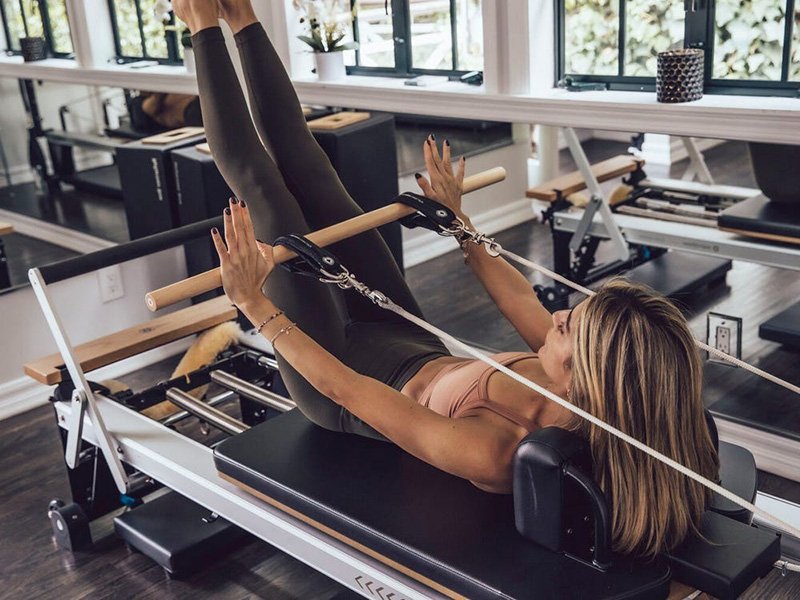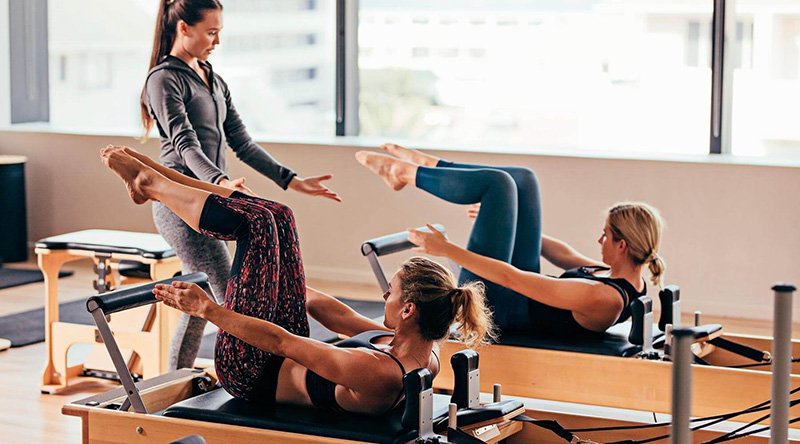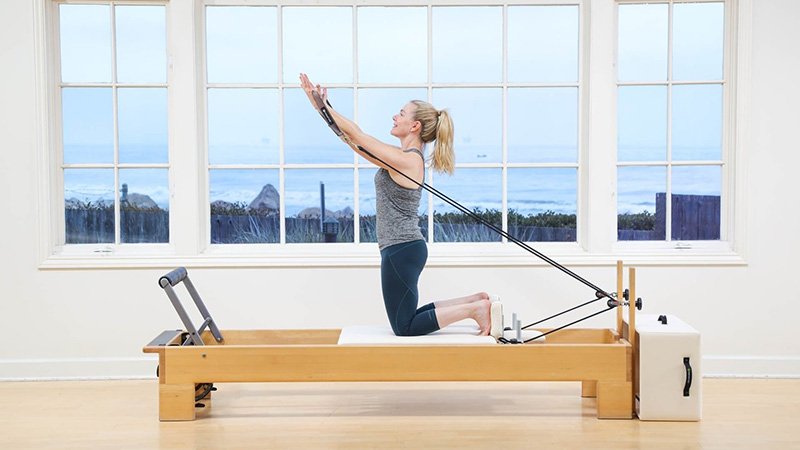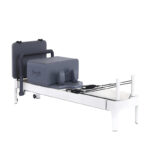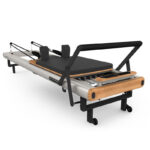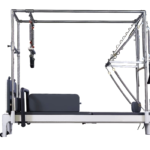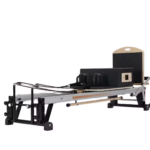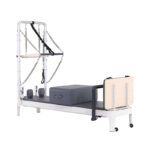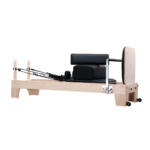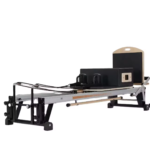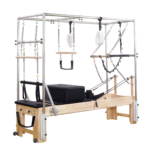Pilates has gained immense popularity over the years as a transformative exercise method that combines strength, flexibility, and mindfulness. Whether you are new to Pilates or a seasoned enthusiast, understanding its benefits, challenges, and guiding principles can help you maximize your practice. This article addresses key questions surrounding Pilates, including its ability to build a strong core, the toughest moves, what doctors say about its effectiveness, and its foundational principles—the 4 S’s of Pilates. Along the way, we’ll explore how tools like the Pilates Reformer, Reformer Pilates, and other equipment like pilates machines enhance your practice and compare Pilates to other forms of mind-body exercises like Yoga Training.
Does Pilates Build a Strong Core?
One of the most common questions asked about Pilates is whether it helps build a strong core. The answer is a resounding yes. In fact, core strength is one of the primary benefits of practicing Pilates.
How Pilates Strengthens Your Core
Pilates was originally developed by Joseph Pilates in the early 20th century to focus on what he called the “powerhouse,” which encompasses the muscles of the abdomen, lower back, hips, and pelvic floor. These muscles form the foundation for all movement in the body, and Pilates exercises target them through controlled, precise movements.
Practicing Pilates regularly—whether on a mat or using a Pilates Reformer—engages your core muscles in nearly every exercise. The Reformer Pilates method, in particular, uses a spring-based pilates machine to add resistance, which intensifies core engagement.
Benefits of a Strong Core Through Pilates
- Improved Posture: A strong core helps you maintain proper alignment, reducing strain on the spine.
- Enhanced Stability: Core strength improves balance and coordination, both in daily life and athletic activities.
- Reduced Back Pain: Strengthening the core alleviates pressure on the lower back, which is often a source of chronic pain.
- Injury Prevention: A stable core helps protect the body from injuries caused by poor movement patterns or muscle imbalances.
Pilates isn’t just about doing crunches or sit-ups; it focuses on controlled breathing, mindful movement, and engaging deep stabilizing muscles. By incorporating tools like the Pilates Reformer, you can add dynamic resistance and movement angles that challenge your core in new ways.
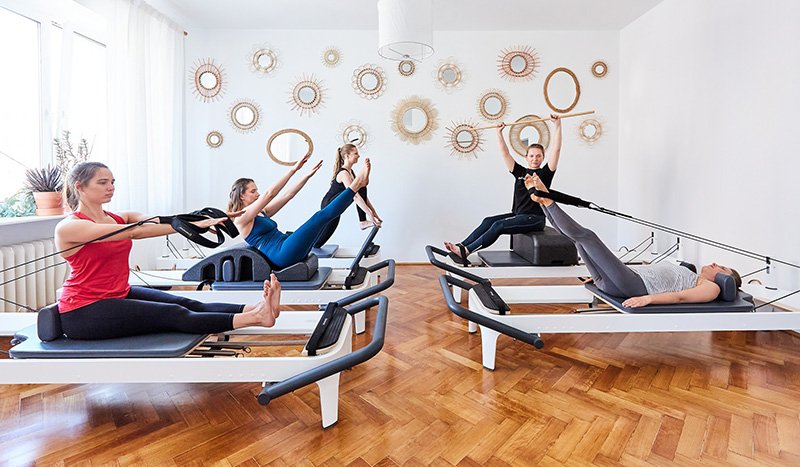
What Is the Hardest Pilates Move?
Pilates moves range from beginner-friendly to advanced exercises that test even the most seasoned practitioners. Among these, several moves stand out as particularly challenging due to their requirements for strength, flexibility, and precise control.
The Advanced Teaser
The Teaser is often considered one of the hardest Pilates moves for both mat and Reformer Pilates workouts. This move requires you to lie flat on your back, lift your legs into a V-shape, and then raise your torso to meet your legs, balancing on your tailbone. It demands incredible core strength, balance, and flexibility.
The Snake on the Pilates Reformer
One of the most difficult exercises on the Pilates Reformer is the Snake. This advanced move involves twisting and lifting your body in a fluid motion while maintaining control on the moving carriage of the pilates machine. It challenges not only your core but also your upper body, lower body, and spinal mobility.
Other Advanced Pilates Moves
- Control Balance: Requires exceptional strength and flexibility to lift one leg high while balancing on the other in a bridge position.
- Jackknife: Demands the ability to lift your legs and hips off the ground into a straight vertical line, requiring both core strength and spinal control.
- Scissors: A move that engages the core while testing flexibility and balance as you alternate your legs in a scissor-like motion.
These movements highlight the versatility of Pilates in challenging both the mind and body. They also underscore the importance of progressing gradually and mastering foundational movements before attempting advanced exercises.
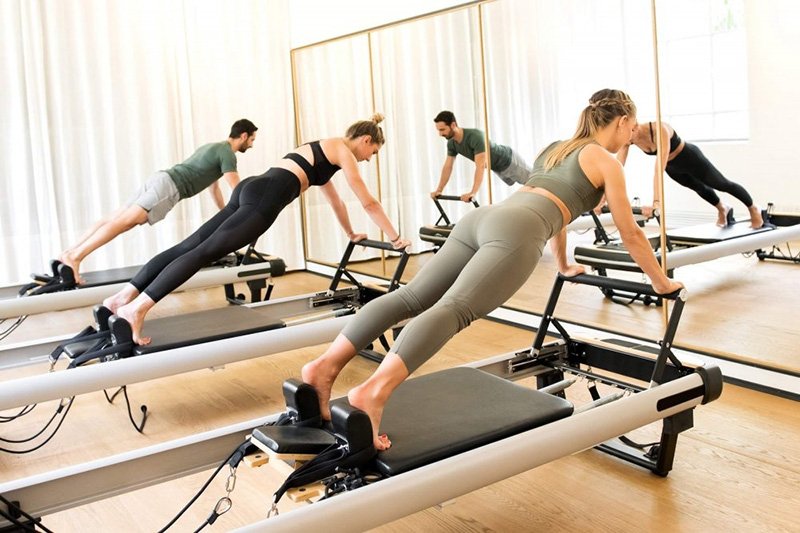
What Do Doctors Say About Pilates?
Pilates has garnered praise from medical professionals for its numerous health benefits. Doctors and physical therapists often recommend Pilates as a safe and effective form of exercise for people of all ages and fitness levels.
Pilates for Rehabilitation
Many doctors advocate for Pilates as a rehabilitation tool, especially for individuals recovering from injuries or surgeries. The low-impact nature of Pilates, combined with its emphasis on controlled movement and alignment, makes it an ideal choice for rebuilding strength and mobility. Using tools like the Pilates Reformer, patients can perform modified exercises that are gentle yet effective.
Specific Benefits Cited by Doctors:
- Back Pain Relief: Pilates strengthens the core and improves spinal alignment, which can alleviate chronic back pain.
- Joint Health: The low-impact nature of Pilates protects joints while still providing a full-body workout.
- Posture Improvement: Doctors often recommend Pilates to counteract poor posture caused by prolonged sitting or repetitive movements.
- Stress Reduction: Like Yoga Training, Pilates incorporates mindful breathing and movements that reduce stress and promote relaxation.
Pilates and Chronic Conditions
Doctors also recommend Pilates for managing chronic conditions such as arthritis, osteoporosis, and fibromyalgia. The gentle resistance provided by equipment like the pilates machine can build strength without exacerbating pain or causing further joint strain.
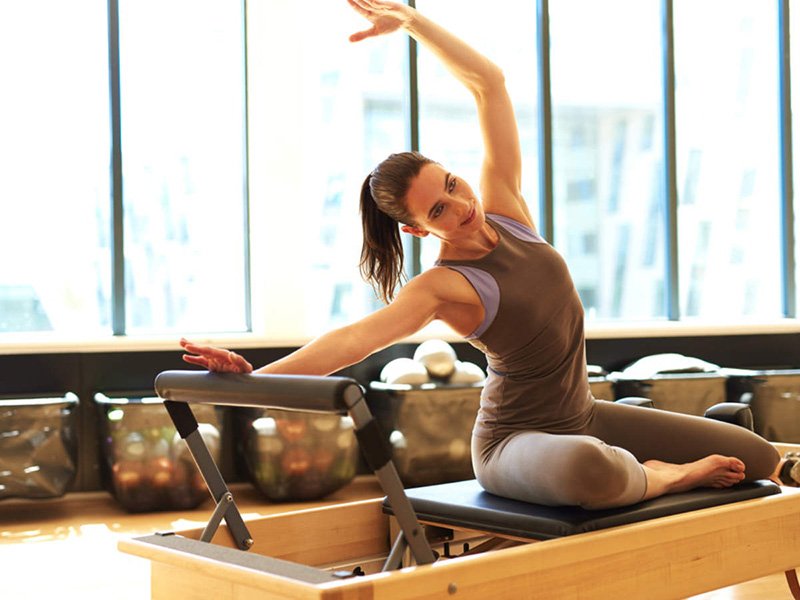
What Are the 4 S's of Pilates?
The 4 S’s of Pilates form the foundation of this exercise method and provide a framework for its principles. These are:
- Strength
- Stretch
- Stamina
- Stability
1. Strength
Pilates builds functional strength, particularly in the core muscles. Whether using a mat or a Pilates Reformer, every movement targets key muscle groups to enhance overall strength.
2. Stretch
Flexibility is a cornerstone of Pilates. The flowing movements and stretches improve muscle elasticity and joint range of motion, making Pilates an excellent complement to Yoga Training.
3. Stamina
Pilates improves muscular endurance and cardiovascular health. Over time, consistent practice increases stamina, enabling you to perform exercises with greater control and precision.
4. Stability
Pilates emphasizes balance and coordination by focusing on core engagement and proper alignment. Stability is further enhanced with the use of Reformer Pilates, which challenges your balance through dynamic resistance.
These 4 S’s reflect the holistic nature of Pilates, addressing multiple aspects of physical fitness and mental well-being.
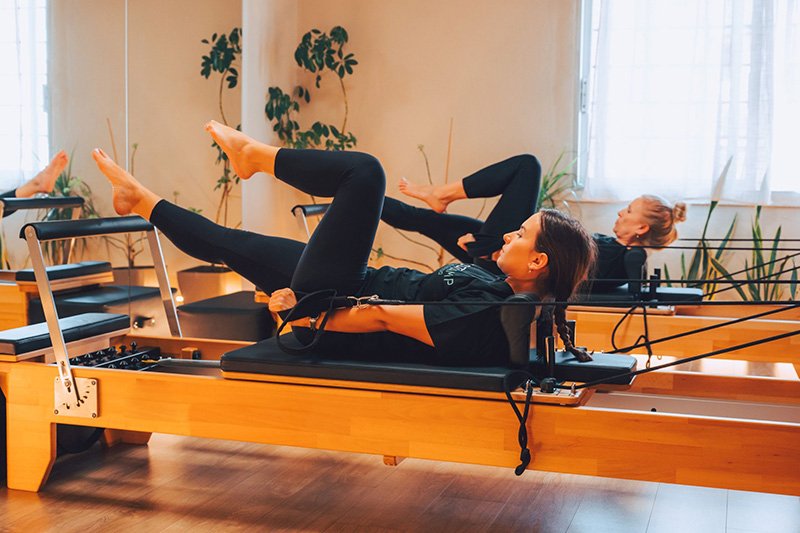
Pilates vs. Yoga Training
While Pilates and Yoga share similarities, they differ in focus and execution. Pilates emphasizes core strength, controlled movements, and the use of equipment like the Pilates Reformer and pilates machines, while Yoga is more focused on flexibility, mindfulness, and spiritual practice.
Key Differences
- Equipment: Pilates often incorporates the Pilates Reformer, which uses springs for resistance, while Yoga typically requires only a mat.
- Core Focus: Pilates places a stronger emphasis on core strengthening, whereas Yoga focuses more on flexibility and balance.
- Mind-Body Connection: Both practices encourage mindfulness, but Yoga incorporates meditation and breathing techniques more extensively.
For those looking to build both strength and flexibility, combining Reformer Pilates with regular Yoga Training can provide a well-rounded fitness routine.
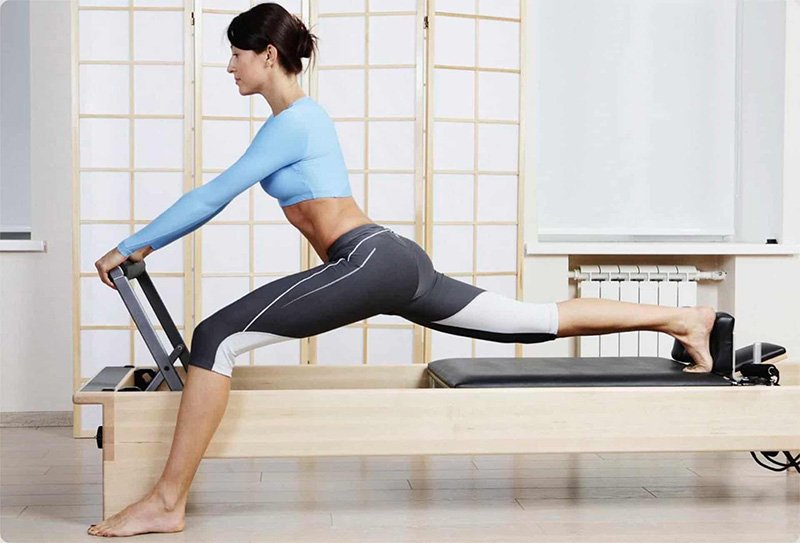
Conclusion
Pilates is a versatile and effective exercise system that builds a strong core, improves flexibility, and enhances overall physical and mental well-being. Tools like the Pilates Reformer and pilates machines take the practice to a new level by adding resistance and dynamic movement, making it suitable for beginners and advanced practitioners alike.
Doctors praise Pilates for its rehabilitative benefits, while its foundational principles—the 4 S’s of strength, stretch, stamina, and stability—ensure a balanced and holistic approach to fitness. Whether you are mastering challenging moves like the Teaser or Snake, or blending Pilates with Yoga Training, this practice offers endless opportunities for growth and transformation.
Embrace Pilates as part of your fitness journey, and experience the profound impact it can have on your body and mind.

